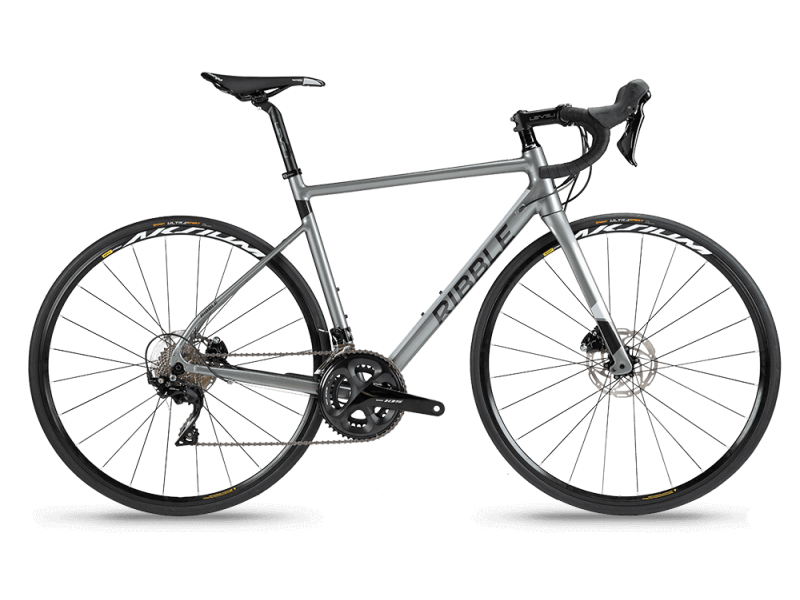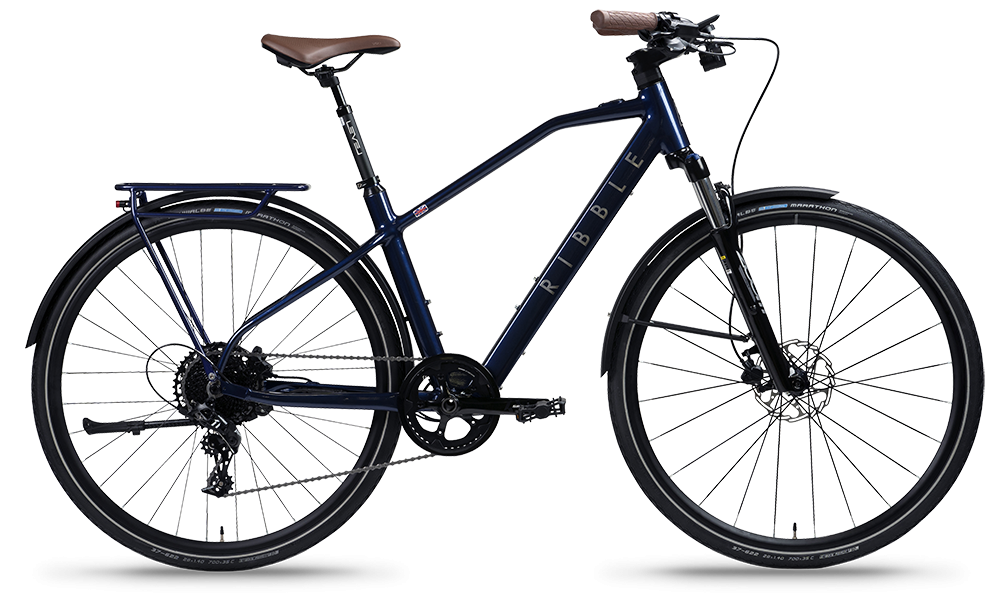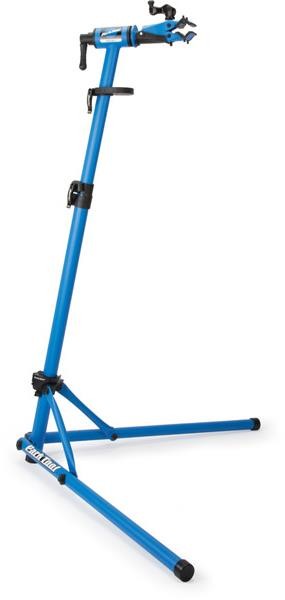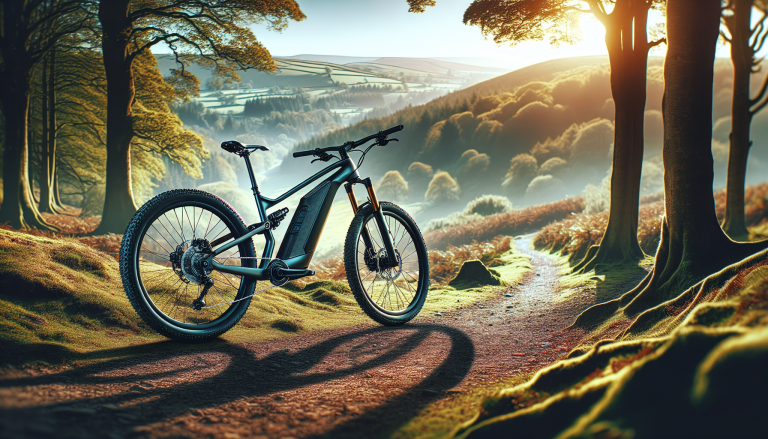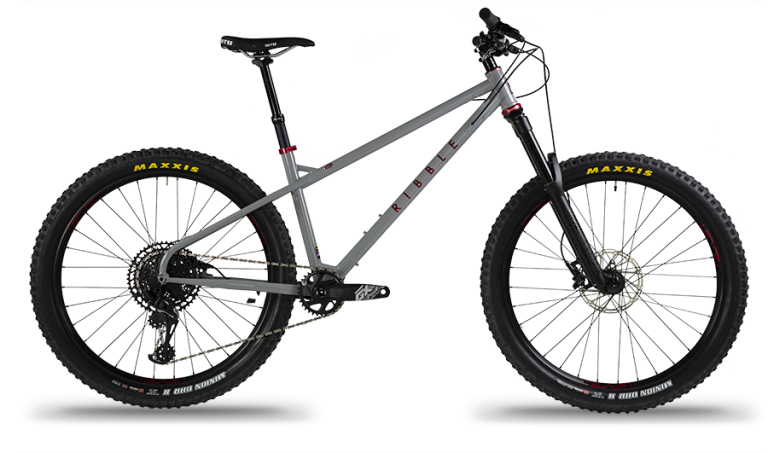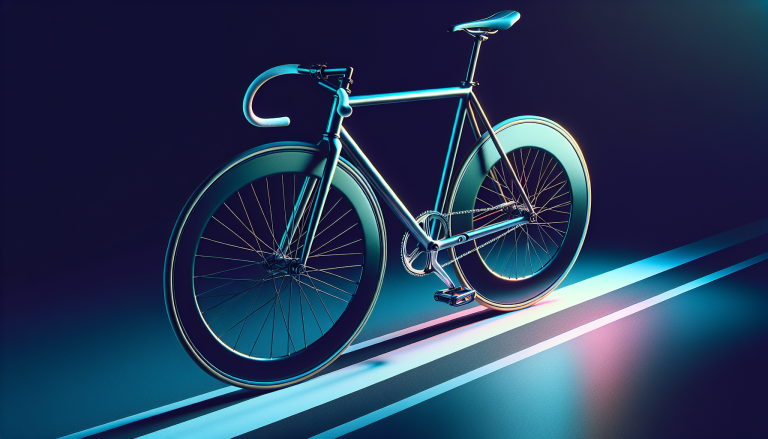When it comes to choosing the right bike, it’s important to consider your specific needs and preferences. But have you ever wondered about the differences between men and women’s bikes? While the basic structure and functions may seem similar, subtle variations in frame design, saddle shape, and handlebar width can make a significant difference in comfort and performance. In this article, we’ll explore the nuances between men and women’s bikes, helping you make an informed decision that suits your riding style and anatomy. So, hop on and let’s pedal through the fascinating world of gender-specific bicycles.
Table of Contents
ToggleFrame Design
When it comes to bike design, the frame plays a crucial role in determining the overall comfort and fit of a bike. One important factor to consider is the top tube length. This measurement refers to the distance from the seat post to the handlebars and can significantly impact the riding experience. A longer top tube length is often found on bikes designed for taller individuals, providing a more stretched-out riding position. On the other hand, a shorter top tube length is commonly seen on bikes for shorter riders, promoting a more upright and comfortable riding posture.
Another aspect of frame design to consider is frame geometry. Different bike styles, such as road bikes or mountain bikes, have specific frame geometries suited for their intended purposes. Road bikes typically have a more aggressive geometry with a longer top tube and a more forward-leaning position to enhance aerodynamics and efficiency. In contrast, mountain bikes often feature a more upright geometry, allowing for greater stability and control when navigating rough terrain.
Standover height is another critical consideration in frame design. This measurement refers to the space between the top tube of the bike and your inseam. It’s important to ensure that there is adequate space when standing over the bike to avoid any discomfort or potential injury. Step-through frames, commonly found in women’s bikes, have a lower standover height, making it easier to mount and dismount the bike, particularly for individuals with limited flexibility or those wearing skirts or dresses.
Sizing
Achieving the right bike size is crucial for a comfortable and efficient ride. Several key measurements come into play, including seat height, handlebar width, and stem length.
Seat height refers to the distance between the ground and the top of the saddle. Finding the optimal seat height is essential for proper leg extension and efficient pedaling. When seated on the bike with your foot on the pedal at its lowest position, there should be a slight bend in your knee. Adjusting the seat height accordingly will help prevent knee strain and improve overall comfort.
Handlebar width is another important factor in bike sizing. The handlebars should be wide enough to provide stability and control while riding, but not so wide that they cause discomfort or restrict maneuverability. Generally, handlebar width matches shoulder width, ensuring a comfortable and ergonomic riding position.
Stem length is the measurement from the center of the handlebars to the steerer tube of the bike’s fork. It affects reach and handlebar position. A longer stem provides a more stretched-out position, suitable for riders seeking an aerodynamic setup, while a shorter stem promotes a more upright riding posture, ideal for comfort and better control.
Hand Grips
Hand grips are an often-overlooked aspect of bike design, yet they can greatly impact comfort during long rides. Several factors come into play when considering hand grips, including width, diameter, and texture.
The width of hand grips is essential for maintaining a relaxed and natural grasp on the handlebars. Grips that are too narrow may cause hand fatigue and discomfort, while grips that are too wide can strain the wrists and contribute to poor bike control.
Diameter refers to the thickness of the grip. Some riders prefer thicker grips for a more cushioned feel, while others prefer thinner grips for a better grip and increased control over the bike.
Texture is another important consideration for hand grips. Grips with a more textured surface provide enhanced grip, particularly in wet or sweaty conditions. Conversely, smoother grips may be more comfortable for riders who prefer a softer feel.
Saddle
The saddle, or bike seat, is a critical component that greatly affects the overall comfort of a bike ride. Key factors to consider when choosing a saddle include width, length, and cutout design.
Saddle width plays a significant role in determining overall comfort. It’s important to choose a saddle that matches your sit bone width. Sit bones are the bony structures that make contact with the saddle when sitting. A saddle that is too narrow can cause discomfort and pressure points, while a saddle that is too wide may cause chafing or rubbing.
Saddle length refers to the distance from the back of the saddle to the front. A longer saddle provides more surface area for different sitting positions, allowing riders to shift their weight and find a comfortable riding position. However, it’s crucial to ensure that the saddle length doesn’t interfere with pedaling efficiency or cause friction in the thigh area.
Cutout design is a feature commonly found in saddles, especially those targeting female riders. A cutout or groove in the saddle’s center reduces pressure on sensitive areas, such as the perineum, improving comfort during long rides. This design consideration is particularly important for women’s bikes, as female anatomy often requires additional relief in the perineal region.
Brake Levers
Brake levers play a vital role in the overall control and safety of a bike. Two key considerations when it comes to brake levers are reach and ergonomics.
Reach refers to the distance from the handlebar to the brake lever. It’s crucial to have brake levers that are within easy reach, allowing you to brake quickly and effectively. Adjustable reach levers are available on many modern bikes, enabling riders to fine-tune the distance according to their preferences and hand size.
Ergonomics is another essential factor in brake lever design. Well-designed brake levers have a shape and curvature that comfortably fit your hand, providing a secure grip and effortless operation. They should be easy to reach and activate, ensuring immediate response and control in emergency situations.
Crank Length
Crank length refers to the distance between the center of the crank axle and the center of the pedal insertion point. The crank is the component that connects the pedals to the bike’s drivetrain. While often overlooked, crank length greatly impacts pedaling efficiency and rider comfort.
The importance of crank length lies in its effect on the rider’s pedaling motion. A crank that is too long can cause excessive knee flexion and strain, leading to discomfort and potential injuries. Conversely, a crank that is too short may limit the rider’s ability to generate power and can result in a less efficient pedal stroke.
Determining the ideal crank length involves considering factors such as rider height, leg length, and riding style. In general, taller riders may benefit from longer crank lengths, providing greater leverage, while shorter riders may find shorter crank lengths more suitable for optimal power transfer and a comfortable pedaling motion.
Handlebar Shape
Handlebar shape is an essential consideration, as it greatly impacts riding comfort and overall bike handling. Two popular handlebar shapes are drop handlebars, commonly found on road bikes, and flat handlebars, often seen on mountain bikes.
Drop handlebars offer multiple hand positions and facilitate a more aerodynamic riding posture. They allow riders to transition between a more upright position on the hoods for comfort and control, and a lower position on the drops for enhanced aerodynamics and increased power transfer. The variety of hand positions accommodates various riding styles, making drop handlebars particularly versatile.
Flat handlebars, as the name suggests, have a straight and flat design, offering a more upright riding position. They are well-suited for mountain biking, providing improved control and maneuverability, especially when navigating technical trails. Flat handlebars also allow for a wider grip and provide a more commanding feel, making them a popular choice for off-road enthusiasts.
Suspension
Suspension plays a crucial role in enhancing comfort and control when riding on rough or uneven terrain. Two common types of suspension found in bikes are front suspension and dual suspension.
Front suspension, also known as a suspension fork, is a feature commonly found in mountain bikes. It consists of a suspension fork that absorbs impacts and shocks from the front wheel, promoting a smoother ride. Front suspension is especially beneficial in off-road riding situations, as it helps to reduce fatigue by minimizing vibrations and impacts from uneven terrain.
Dual suspension, on the other hand, includes both front and rear suspension systems. This configuration is typically found in high-end mountain bikes designed for aggressive trail and downhill riding. Dual suspension bikes provide the highest level of comfort and control, as the front and rear suspension work together to absorb impacts and maintain better traction.
It’s important to note that suspension adds weight and complexity to the bike, which may not be necessary for all riders or riding styles. Choosing the right suspension setup depends on your specific needs and the type of terrain you plan to ride on.
Color and Design
Color and design choices in the bike industry have often been associated with gender stereotypes. Traditionally, bicycles marketed towards women were adorned with pastel colors, floral patterns, and feminine aesthetics, while those marketed towards men featured bold and aggressive designs. However, there has been a shift in recent years, with more emphasis on gender-neutral designs and color options.
Breaking away from these stereotypes, many bike manufacturers now offer a broader range of color options and designs suitable for all genders. While personal preferences may still vary, it’s essential to recognize that color and design choices should be inclusive and based on individual taste rather than gender stereotypes.
Market preferences also play a role in color and design choices. Demographics and cultural factors influence customer preferences, prompting manufacturers to offer different options tailored to specific markets. For example, urban biking culture may emphasize sleek and minimalist design, while adventurous mountain biking may favor vibrant and bold color palettes.
Price and Marketing
Price and marketing strategies in the bike industry have historically reflected gender biases, with women’s bikes often priced higher than comparable men’s models. This disparity has been attributed to differences in preconceived notions of value and perception of quality. However, efforts to challenge and address gender-based pricing practices have gained traction in recent years.
Gender-based pricing refers to the practice of charging different prices based on the intended gender of the buyer. Recognizing the inherent unfairness in this approach, many bike manufacturers and retailers have adopted gender-neutral pricing strategies, offering equal pricing for bikes regardless of the intended market gender. This shift promotes inclusivity and fairness by ensuring that customers are not subjected to gender discrimination when purchasing a bike.
Targeted marketing is another area that has seen changes in recent years. The industry is moving away from exclusively gendered marketing campaigns and adopting more inclusive approaches that speak to a broader range of riders. By focusing on the shared experience of cycling, rather than gender-based stereotypes, brands can attract a wider audience and create a more welcoming and inclusive cycling community.
In conclusion, when it comes to bike components and design considerations, it’s important to prioritize individual fit, comfort, and riding preferences above all else. Factors such as frame design, sizing, hand grips, saddle, brake levers, crank length, handlebar shape, suspension, color, and design all play a role in creating a bike that meets your specific needs. By understanding these considerations, you can make informed choices when it comes to selecting a bike that provides the best riding experience, regardless of gender.

